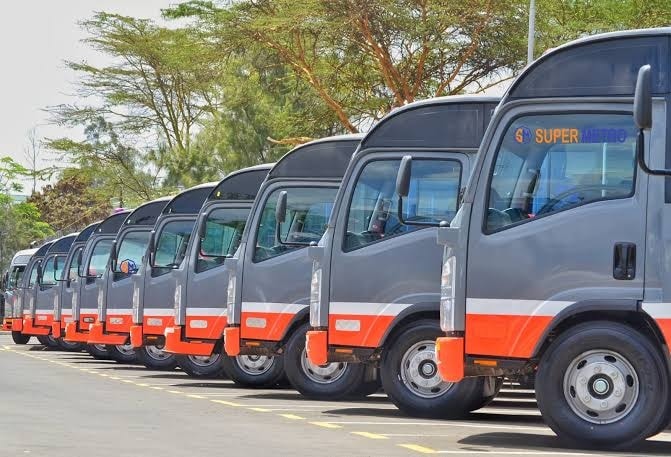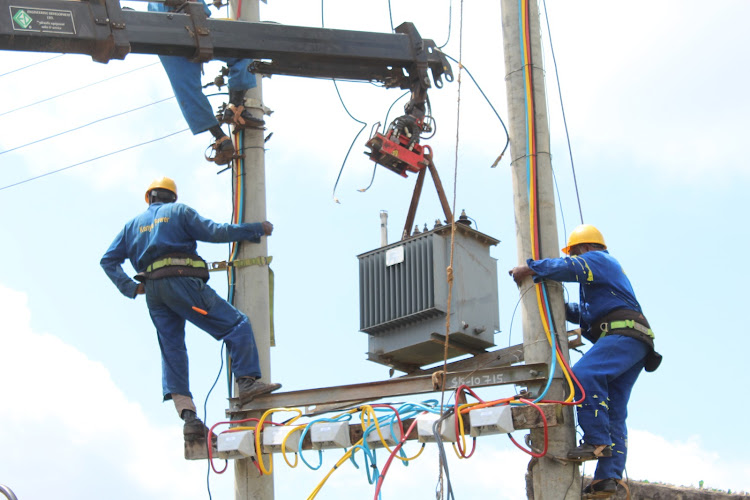Controlled Demolition of an 11-Storey Building in Mombasa
Today, the city of Mombasa witnessed a dramatic yet carefully orchestrated event: the controlled demolition of an 11-storey building located off Abdel Nasser Road. The structure, which had become a ticking time bomb due to severe structural weaknesses, was brought down in a matter of seconds by a team led by the Kenya Defence Forces (KDF), marking one of the most significant risk mitigation efforts in the region’s recent history. The demolition ended weeks of anxiety for residents and officials alike, who had feared an uncontrolled collapse that could have claimed lives and caused widespread destruction.
A Building on the Brink
The saga began on April 2, 2025, when cracks and signs of tilting were first observed in the building, situated near the Coast General Teaching and Referral Hospital in the Lighthouse area of Mombasa. Initial assessments revealed that the structure, originally approved for only nine storeys, had been extended to eleven, raising immediate questions about oversight and adherence to construction standards. More alarmingly, a multi-agency investigation pinpointed the root cause of the instability: unauthorized borehole drilling near the building’s foundation. This ill-advised activity had compromised the structural integrity, causing the ground-floor columns to collapse by approximately three meters and the building to sink, with the first floor effectively becoming the ground level.
Mombasa Governor Abdulswamad Sheriff Nassir described the situation as a “severe foundational compromise,” warning that the building posed an imminent threat to adjacent residential and commercial properties, as well as the nearby hospital. By April 3, residents in surrounding buildings were evacuated as emergency teams cordoned off the area, and plans for a controlled demolition were set in motion.
A Multi-Agency Response
The operation to bring down the building was a collaborative effort involving the KDF, the National Police Service (NPS), the National Youth Service (NYS), and the Mombasa County Government. The Ministry of Interior and National Administration, through the National Disaster Operation Center (NDOC), enlisted the KDF’s logistical and engineering expertise to ensure the demolition was executed safely. Defence Cabinet Secretary Soipan Tuya formalized the deployment via a gazette notice on April 7, citing the KDF’s constitutional mandate to assist civil authorities in times of emergency.
Governor Nassir announced a raft of precautionary measures ahead of the demolition, including the evacuation of residents within a 1.2-kilometer radius of the site by 6:00 AM on April 9. Nyali Bridge, a critical artery connecting Mombasa Island to the mainland, was closed to traffic, and schools and businesses in the vicinity were shuttered. Patients at the Coast General Hospital, including those in the ICU, were relocated to safer facilities, with authorities urging residents to leave windows open to mitigate the blast’s impact. Emergency teams, including fire engines and ambulances, were stationed on standby, while security was bolstered by a multi-agency presence.
The Demolition: A Moment of Relief
A single, powerful explosion reverberated through Mombasa as military engineers detonated strategically placed explosives. Within seconds, the 11-storey structure crumbled into a heap of rubble, sending up a cloud of dust that took about an hour to settle. Videos circulating online captured the dramatic moment, with the loud thud startling birds into flight but leaving nearby buildings unscathed—a testament to the operation’s precision. No casualties were reported, and after the dust settled, KDF officers gathered atop the debris, breaking into song and applause to celebrate a job well done.
Governor Nassir had warned residents not to be alarmed by the loud bang, assuring them that “all necessary safety measures have been observed.” The successful demolition brought an end to what he had called a “ticking time bomb,” a sentiment echoed by Mombasa County Commissioner Mohammed Noor, who praised the multi-agency coordination for ensuring public safety.
A Wake-Up Call for Construction Standards
The incident has reignited scrutiny over construction practices in Mombasa, a rapidly urbanizing coastal city where high-rise developments are increasingly common. The Architectural Association of Kenya (AAK) attributed the building’s failure to poor workmanship and structural deficiencies, noting that the developer had exceeded the approved number of floors. Arch. Lawrence Gitau of the National Building Inspectorate confirmed that while initial approvals were granted, further investigation would determine if additional permissions were illicitly obtained or bypassed. He criticized the common practice of hiring architects and engineers for design approvals only to sidestep their supervision during construction—a shortcut that likely contributed to this near-disaster.
Materials from the rubble will be tested in a laboratory to pinpoint the exact cause of the collapse, but experts are already calling for stricter enforcement of building codes, mandatory soil testing, and enhanced oversight by county authorities. The AAK has urged Mombasa to adopt campaigns like Nairobi’s “Je Una Mjengo?” to promote compliance and safer practices among developers.









